I threw a picnic in our garden the other day. We were busy with all…
The English chocolate
When I was still living in Hungary and only visited England on business trips, I always bought some chocolate. I loved Cadbury’s Dairy Milk and thought it tasted so different to the chocolates I knew. Later on, when I relocated to England and all I could get hold of at the local supermarkets was English chocolate, I suddenly started to miss the chocolate of the continent like Milka, Ritter Sport or even the Hungarian Szerencsi. But is the English chocolate seriously different? And since when do we have English chocolate at all?
The Belgian, French and Swiss chocolate is famous for their high quality. When it comes to cocoa, the Dutch spring to mind and the word chocolatier is associated with the Swiss (Suchard, Lindt, Tobler, Nestlé). However, the English played a crucial role in the chocolate industry. So let’s have a look at the history of the English chocolate
The cocoa’s way to England
Cocoa and drinking chocolate appeared in England in the 1650s and was available in coffee houses only. The first chocolate shop in London, the Chocolate House was opened in 1657 by a Parisian shopkeeper. The so called chocolate houses concentrated around Covent Garden and St James’s. Cocoa consumption was recommended by doctors: it was considered to cure and preserve the body of many diseases. Samuel Pepys drank cocoa as a hangover cure after Charles II’s coronation. King George I and King George II even had a Chocolate Kitchen at Hampton Court where Thomas Tosier, the personal chocolate maker to the royals prepared chocolate with exotic spices.
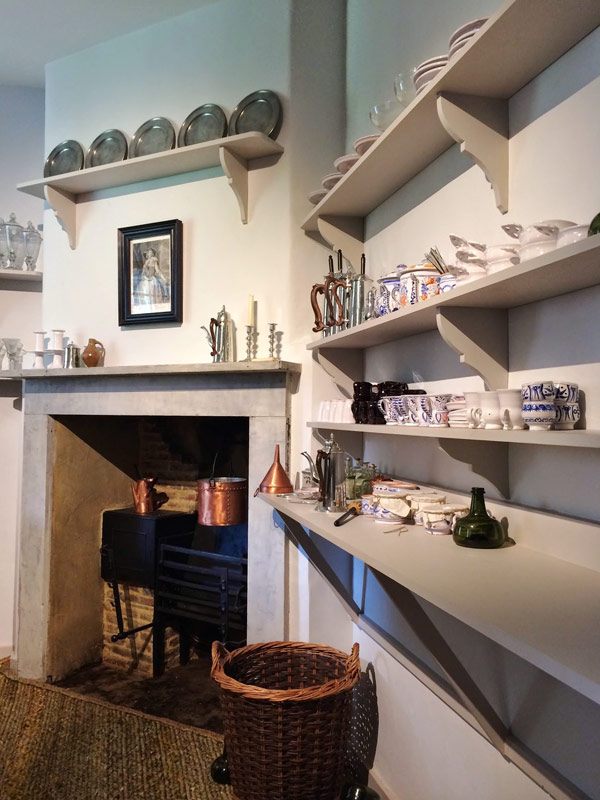
From cocoa to chocolate
The first step to make chocolate was done by the Dutch chemist and confectioner, C. J. van Houten who in 1828 invented a hydraulic press which squeezed out most of the cocoa butter from the liquor. This reduced the cocoa butter content leaving chocolate powder (cocoa). Later, in the 1880s van Houten added potassium, sodium carbonate and sugar into the liquor which made it darker, softer and sweeter. This method is also important because it made the mass production of cocoa powder and solid chocolate possible.
The first English chocolate factory
The first English chocolate factory, Fry & Sons was built in 1728 in Bristol and produced drinking chocolate. During the drinking chocolate production 30% discarded cocoa butter was generated. The solution to this wastage was to make eating chocolate making Joseph Fry a pioneer in chocolate making. In 1847 Fry made the first eating chocolate in a bar form. In spite of his success, up until 1853 French chocolate was preferred in Britain as it was believed that the British products just couldn’t compete with the French. In 1857, Fry however, launched the first chocolate confectionary produced on an industrial scale, the Cream Stick. The product was offered at a lower price, thus it became more popular, which made French chocolate decline.
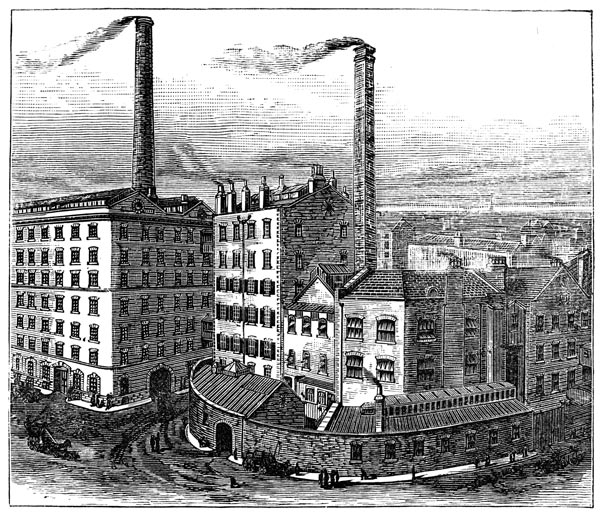
Swiss chocolatiers and factories
Numerous Swiss chocolatiers and confectioners were involved in chocolate making and its development. Philip Suchard opened his chocolate factory in Neuchâtel in 1826. He won several awards and by the end of the 19th century he had the biggest chocolate factory. In 1831, another chocolatier, Charles-Amédée Kohler added nuts to his chocolate in his factory in Lausanne. Rodolphe Lindt introduced conching – a process to grind and make chocolate smoother.
However, the highlight was the development of milk chocolate. A Swiss manufacturer, Daniel Peter added powdered milk which had recently been developed by Henri Nestlé with chocolate and cocoa butter. The result was a solid that was easy to mould and shape. Thus the milk chocolate was born.
To close the loop we shall mention Jean Tobler, who started to produce chocolate in 1899. His chocolate was first in the world to be patented in 1909.
English chocolate factories
Fry’s of Bristol
As mentioned before the first English chocolate factory was built in 1728 in Bristol. By 1835 Fry’s processed 40 percent of the British cocoa import. They were pioneers: they produced the first chocolate bar, they launched the first chocolate confectionery and they were the first to launch a highly decorated chocolate box in 1868 which were very popular at Christmas. By the 1870s Fry’s had 200 products including the first Easter egg launched in 1873. In 1902, five years after Cadbury, they produced their first milk chocolate bar and in 1914 the Turkish Bar. The factory faced financial difficulties before and during the Great War which resulted in merging with England’s most famous chocolate factory, Cadbury in 1918, creating The British Cocoa and Chocolate Company.
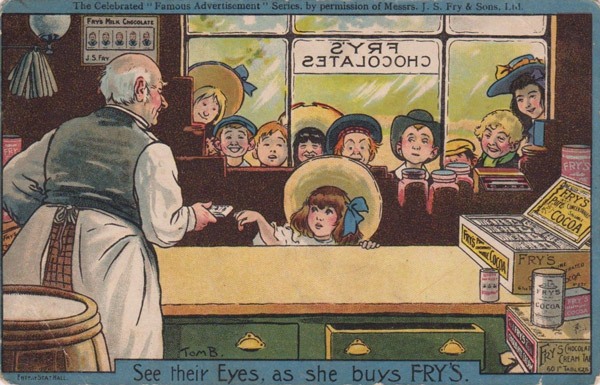
Cadbury
The story of Cadbury started in 1824 when John Cadbury started to sell tea, cocoa and 16 different types of drinking chocolate in his Birmingham shop. His two sons, Richard and George Cadbury took over the business which in 1861 was still unsuccessful and only employed ten employees. But the coming years brought success: in 1866 George Cadbury visited van Houten in Holland and returned with one of his press machines which enabled the firm to start producing its cocoa and chocolate. In 1868 they launched their famous Chocolate Box in which the chocolates were candle shaped and the lid illustrated Richard Cadbury’s daughter holding a kitty. The firm produced the first Valentine’s Day chocolate assortment as well. Easter eggs were introduced in 1875 and the famous Cadbury Fingers in 1897. On that note let me say, that it’s been only recently that I’ve tried Cadbury (Bournville) Fingers and I must say this is the best English chocolate biscuit I’ve tasted so far. The balance of biscuit and chocolate are right and the chocolate flavour is lovely. It reminds me of my favourite Hungarian chocolate biscuit of my childhood, the Tere-Fere/Zamat.

Perhaps the biggest recipe development by Cadbury was that in 1905 they replaced milk powder with fresh milk in their milk chocolate. The product contained more milk than any milk chocolates before. No wonder that by 1913 Cadbury Dairy Milk was a best seller.
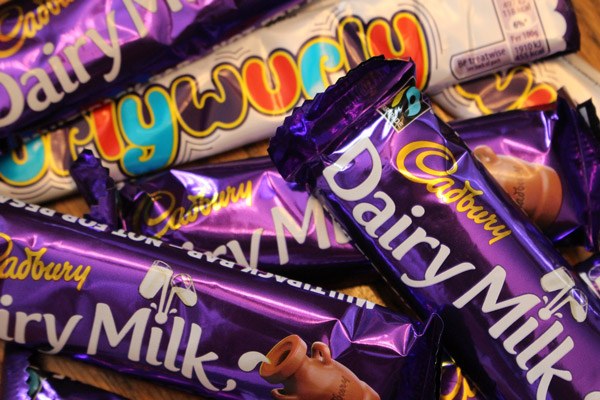
You may notice that both the Swiss/German Milka and Cadbury use purple packaging materials. Well, Milka started to use purple branding colours in 1901, while Cadbury introduced purple packaging in 1920. Cadbury claims the purple colour was chosen for its noble connotations. To be honest, I wouldn’t be surprised if the choice of colour was the first marketing copying. 🙂
Another two famous Cadbury products, the Creme Egg was first produced in 1923 and the Rose Selection in 1938.
There’s another thing I think must be mentioned about Cadbury and that is how much they did for their workers. When they moved the factory to the outskirts of Birmingham in 1893, within 7 years they built a model village in Bournville with 313 clean and sanitary houses with front and back doors for their workers. Although there was no pub in the village due to the Cadburys being Quakers, there was a doctor and a dentist, sport pitches available. Cadbury was the first company in England to introduce half-day holidays.
Other English chocolates
Beside the two most famous English chocolate factories, the below must be mentioned. Their names might not say too much, but I’m sure their products do. The rest of the chocolate factories are interestingly located in the North.
Rowntree’s of York
Rowntree’s are famous for their cocoa powder, however they’ve created some of the most famous chocolate products in the world like the Yorkie Bar from 1924, KitKat from the 1930s, Aero or Smarties. Their first big success was the aerated chocolate, Aero in 1935.
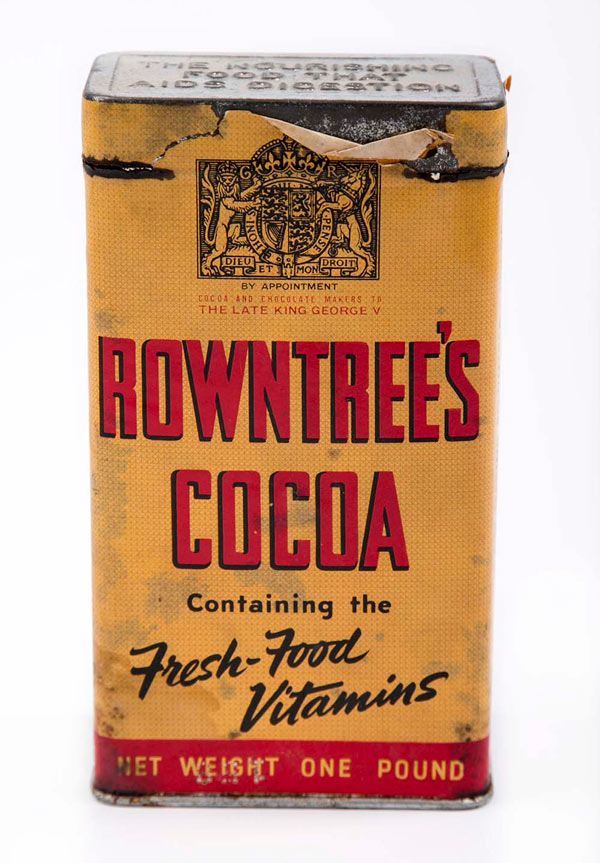
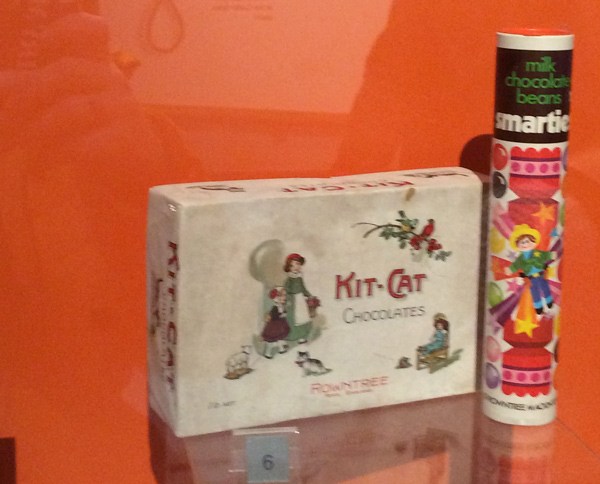
Terry’s of York
Joseph terry started to make chocolate in 1886 and by the 1920s, his factory was leading in assortment production. Their biggest success and most famous product is the Chocolate Orange from 1932. Attention! This is a divine orange flavoured chocolate which actually consist of chocolate segments making a chocolate orange. After the huge success the firm launched the Lemon Chocolate but it failed. They realised that lemon and chocolate just didn’t work. So they stuck to the orange.
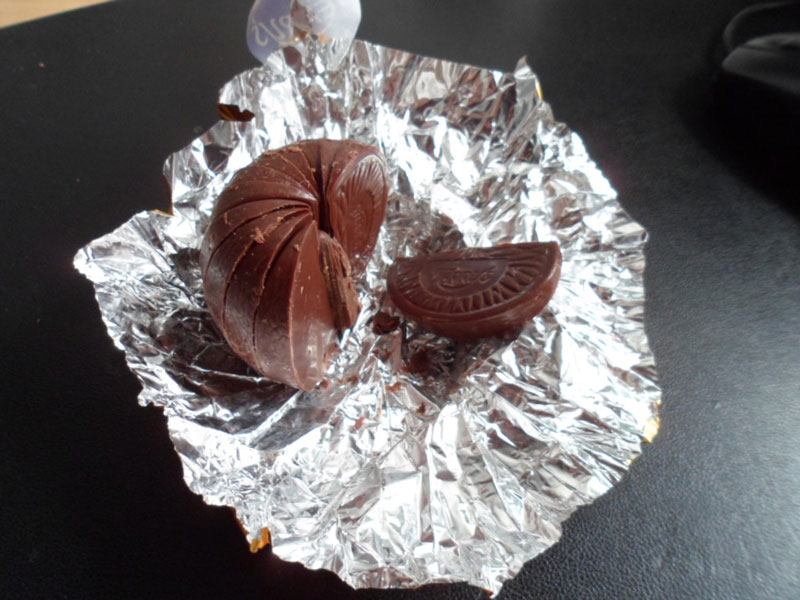
Thorntons
Thorntons factory was built in 1911 in Sheffield. Their famous Continental assortment was launched in the 1950s after a Swiss chocolatier, Walter Willen joined the company and improved their recipes. The product was called Swiss Assortment originally but the name had to be changed because the Swiss embassy complained about the use of name.
~
Chocolate factories struggled after the Second World War until 1953 when everything was still rationed in Britain. In 1960 Cadbury launched the Buttons and Wispa in 1981 to compete against Aero. By 1988 the world’s biggest chocolate factories were the American Hershey, Mars and the British Cadbury.




Comments (0)